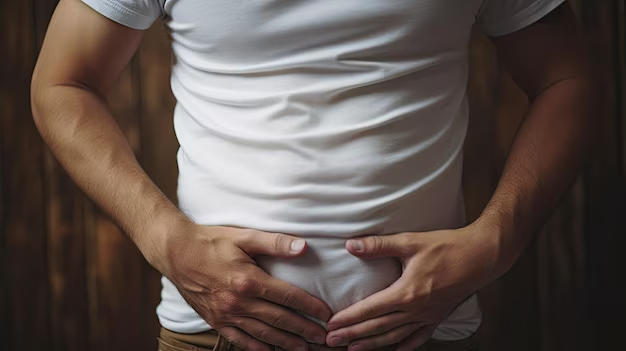
A lump on your testicle is the most typical indicator that you have testicular cancer. However, there are other indications of this illness.
Though rare, testicular cancer is most typically detected in men and individuals AMAB ages 15 to 34 and most commonly affects those with testicles younger than 44.
If discovered early on, it is nearly always treatable; even if discovered later, it is typically curable. Thus, it’s critical to understand the symptoms and indicators.
These are some potential symptoms of testicular cancer that you may not be aware of.
What Are the Early Signs of Testicular Cancer?
Numerous of these symptoms frequently coexist with other illnesses. Make an appointment with a healthcare provider if you have any of the following symptoms.
1. A painless lump
A lump or bump on your testicles is one of the early indicators that you have testicular cancer. Although some people have reported experiencing pain and discomfort, most people won’t have any pain from that bump.
Testicles should be cupped one at a time with both hands during or after a warm bath or shower in order to do a testicular self-examination correctly. By gently rolling the testicle between your thumb and fingers, you can check the area.
Learn about the tube-like strictures that connect on the rear side of each testicle, the spermatic cord, and epididymis. Feel for any lumps, enlargements, or anomalies. One testis typically has a little bigger size than the other.
2. A sensation of pressure or heaviness in your penis
Your testicles may begin to feel much heavier or differently. You might sense that one testicle is firmer than the other.
It’s critical to pay attention to all of these signs.
3. Sudden fluid accumulation or swelling in your scrotum
Your testicles and scrotum may enlarge. They could seem bigger and appear crimson. Additionally, there can be a fluid backup in your scrotum.
If you have a sudden buildup of fluid in your scrotum, you should always get checked out.
4. Change of testicle hardness or size
The body may produce changes in testicle size or hardness as a result of certain forms of testicular cancers that decrease testosterone or increase estrogen. Testicular atrophy, or the shrinkage of the testicles, is one example of this.
If there are any noticeable changes in the consistency of the testes, it’s crucial to conduct a self-examination and see a doctor.
5. Leg swelling
A blood clot may form when a tumor restricts blood flow in the veins and spreads to a lymph node. Your legs enlarge as a result of the clots, which frequently occur there. You may even feel pain and have trouble breathing, which are signs of a blood clot.
It’s critical to keep an eye out for unexpected leg swelling.
6. Breathlessness and lower back pain
These indicate that your testicular cancer has progressed and is now affecting the lymph nodes located beneath your stomach. Breathlessness may also indicate that the cancer has progressed to the lungs, which could impede the flow of air into and out of your body.
More widespread symptoms may indicate a more advanced illness. It’s crucial to pay attention to these.
7. Tenderness or development in the breasts
Rarely, hormone fluctuations might also result in breast tissue development or soreness. Human chorionic gonadotropin (HCG) is a hormone that stimulates breast development and can be secreted in excessive amounts by some cancers.
It is advised that men get their breasts checked out if they experience unexpected pain or swelling.
When to Consult a Physician
Make an appointment with a healthcare specialist straight immediately if you encounter any of the symptoms and indicators of testicular cancer.
Leave a Reply